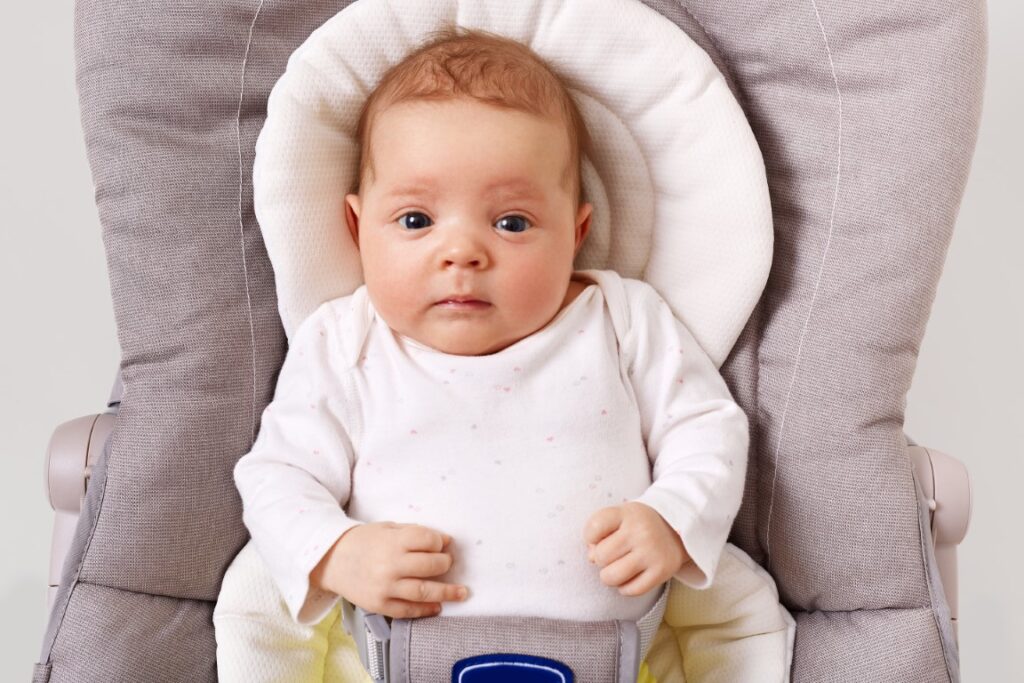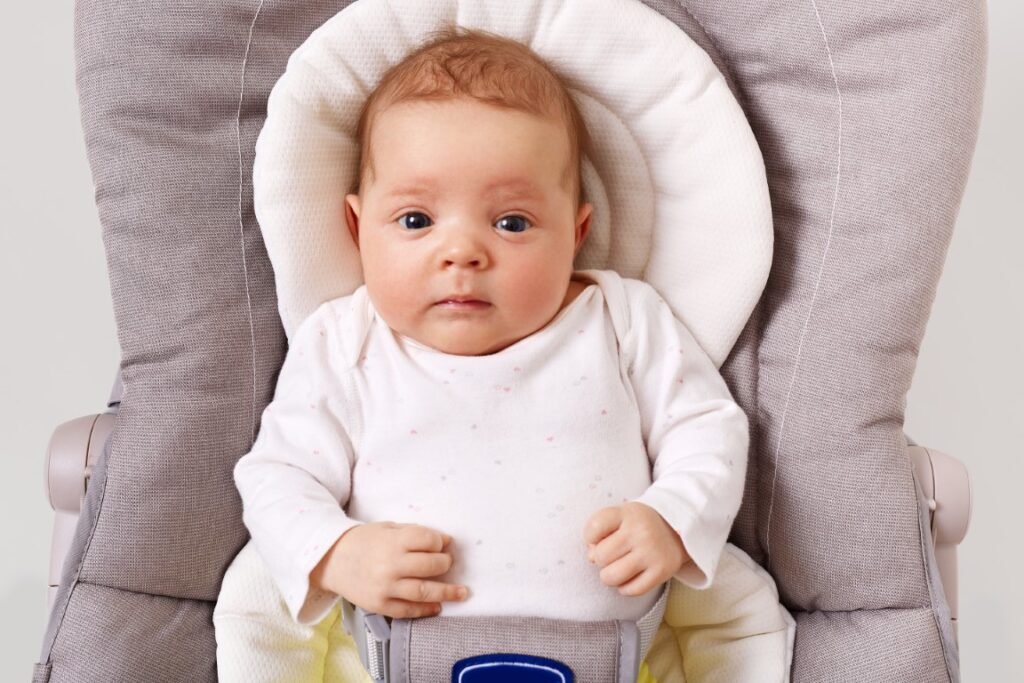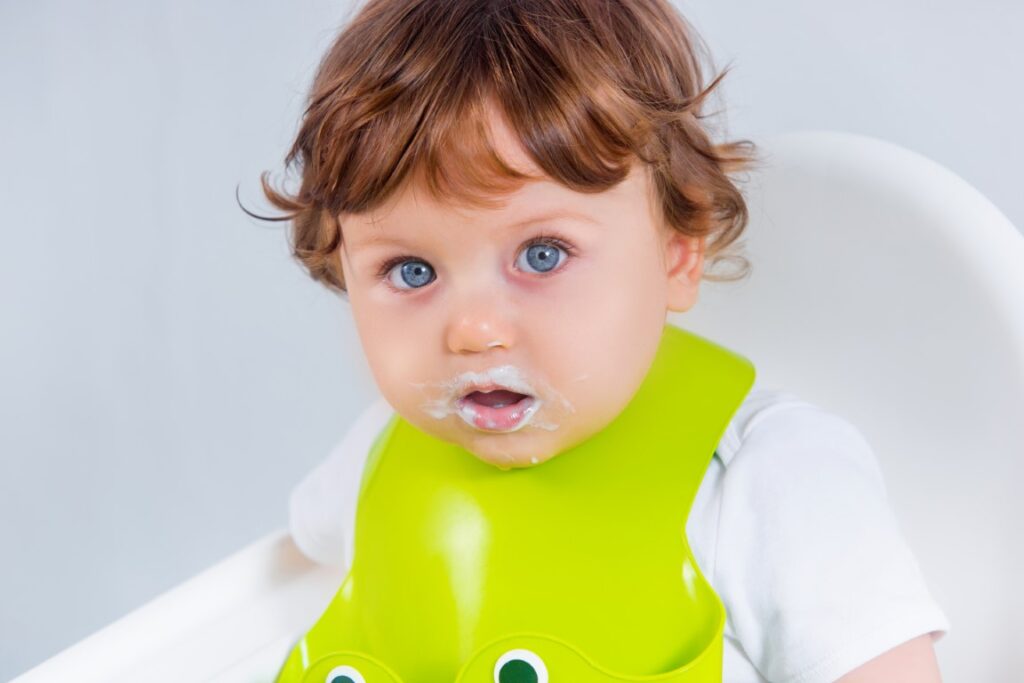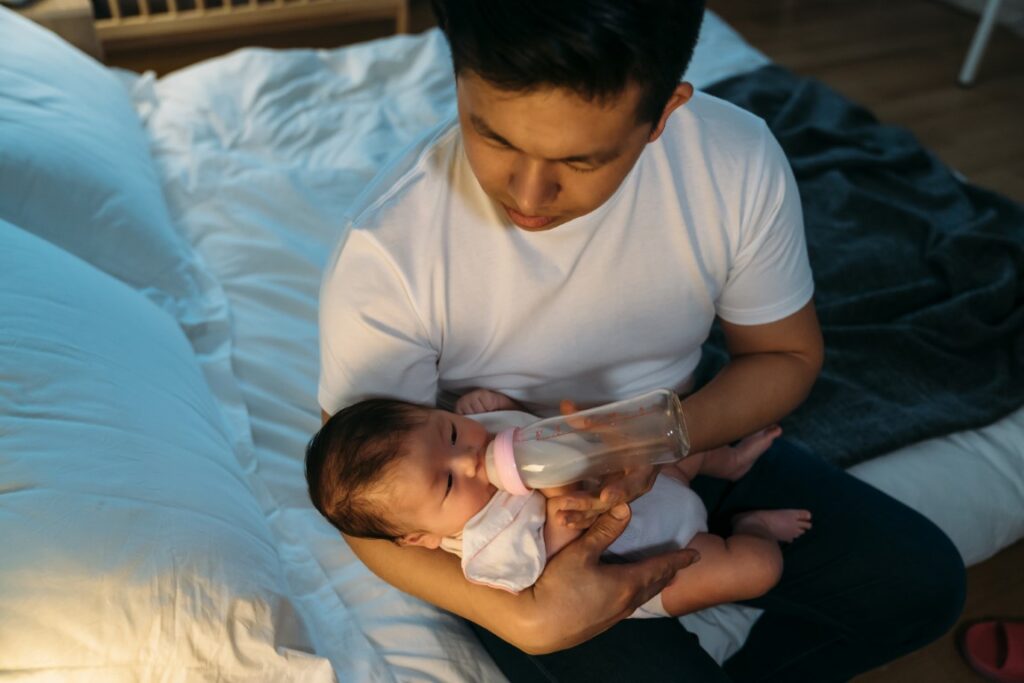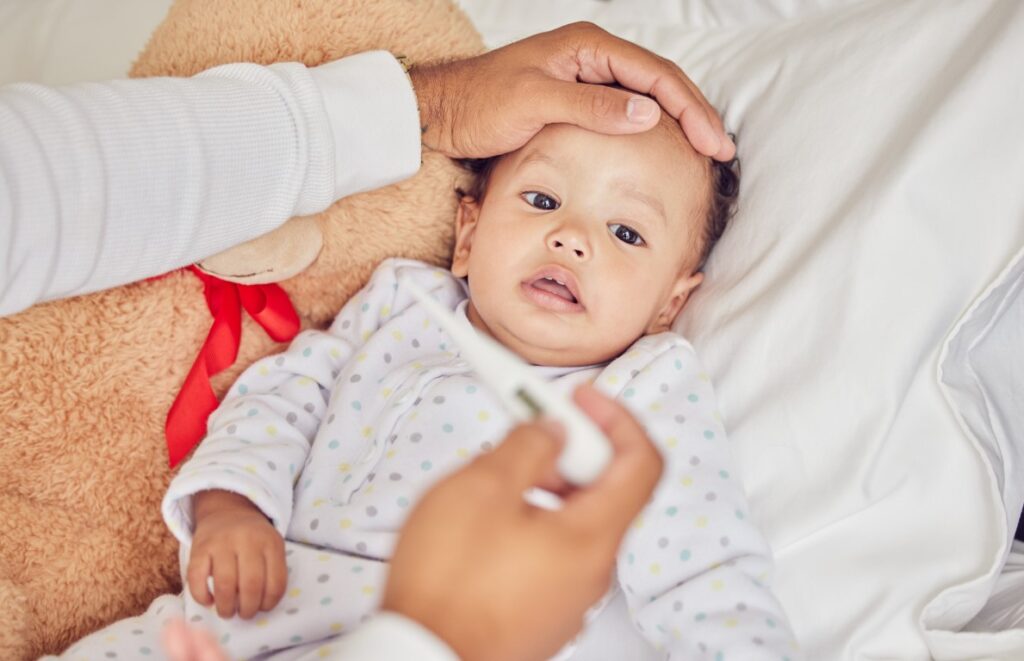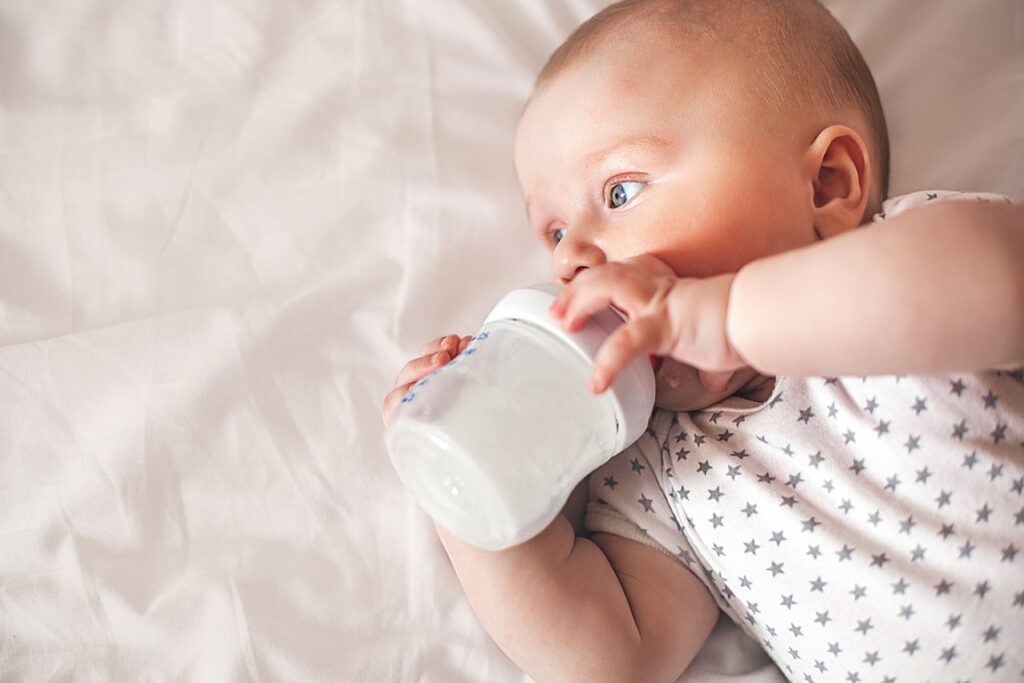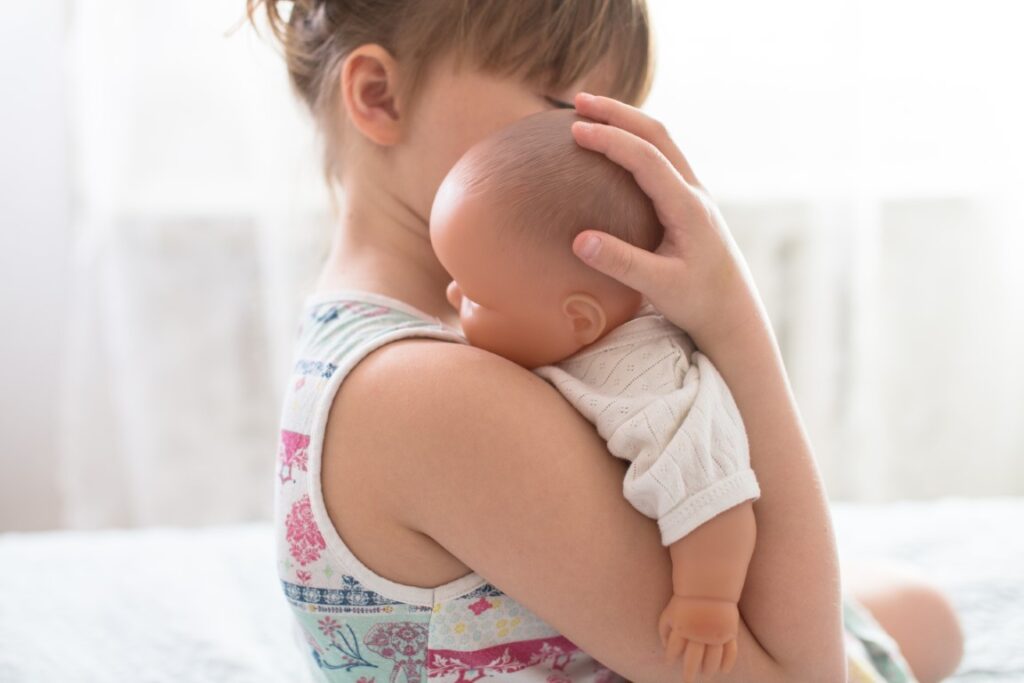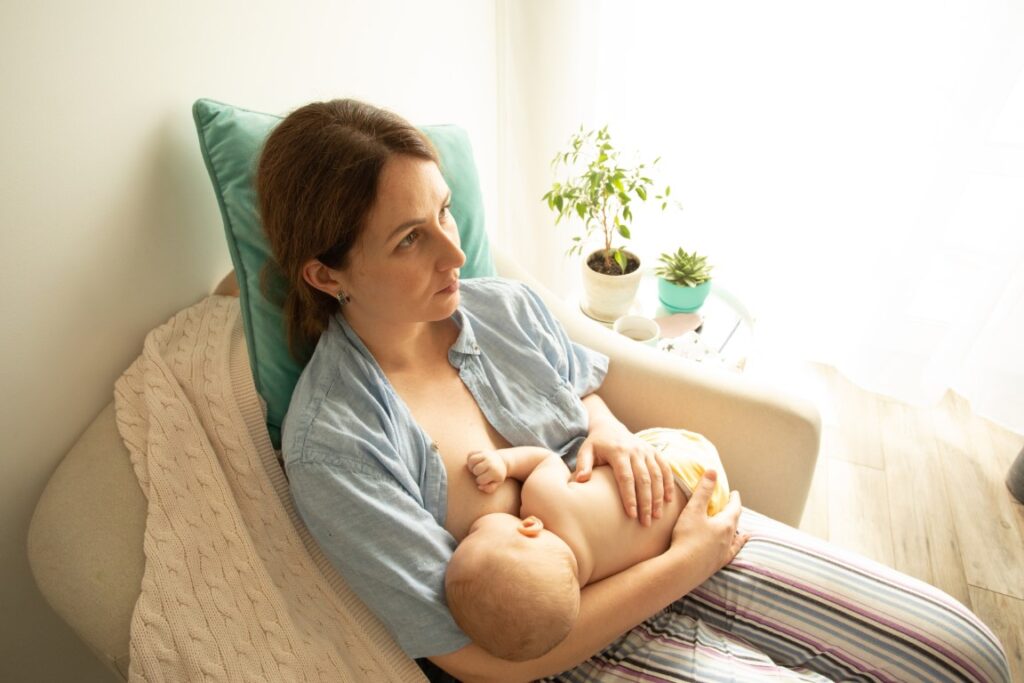Freshly-pumped, untouched breast milk may only be left out at room temperature for no more than four hours before it needs to be thrown away. Put the milk in the refrigerator if your baby hasn’t yet tasted it and you know you won’t be using it during that period.
How long is breast milk good for in the refrigerator?
The American Academy of Pediatrics’ recommendations for breast milk storage state that it can be kept in the refrigerator for up to four days after being stored there. During this time, the benefits of milk’s fat, digestive enzyme activity, and anti-infection properties are at their best.
This allows you to provide your baby care provider or anybody else who may be assisting you with your new baby with lots of fresh, nutritious breast milk.
Be sure to keep the milk out of the door and on the bottom shelf at the back of the refrigerator if you want it to stay cool. Use compartmentalized, shelf- and drawer-friendly zip-top breast milk storage bags.
What is the shelf life of breast milk in an insulated cooler?
Breast milk may be transported safely for up to 24 hours in an insulated cooler with frozen ice packs if you need to bring a bottle or bag with you while traveling.
How long does breast milk keep in the freezer?
You should freeze the milk within 24 hours after pumping if you don’t intend to use it during the four days when it is freshest in the refrigerator. When kept in a refrigerator’s freezer, breast milk remains safe for three to six months.
The milk must be kept at the back of the freezer, just as in the refrigerator. The milk may be frozen for up to a year if you have a deep freezer or chest freezer. Keep the milk if you are barely over the one-year mark.
How to keep breast milk fresh
Your best bet is to use breast milk storage bags. Choose storage bags that hold two or four ounces of milk, and if you intend to freeze it, make sure to leave some space at the top of the bag because milk expands as it freezes. To remember when to discard the bag, mark the date you pumped on it. Avoid using plastic bags or disposable bottle liners.
You may place the bags inside a plastic container with a cover if you’re concerned they could rip. While you should stay away from any containers produced with bisphenol A or S, you can freeze breast milk in glass or BPA-free plastic containers that are freezer-safe. All bottles should be thoroughly cleaned with hot, soapy water before use (or in the dishwasher). Do not disinfect with chemical agents. Before touching any containers used to store breast milk, remember to wash your hands.
How to safely defrost breast milk
Always keep in mind that “first in, first out.” First, defrost the oldest breast milk.
Your breast milk can be safely thawed in a number of ways:
a. Put it in the refrigerator to defrost overnight.
b. Run warm water over the bottle/container.
c. Place the bottle in a bowl of hot or warm water.
d. Use a waterless bottle warmer with intelligent temperature control.
Use breast milk that has been thawed in the refrigerator within 24 hours, starting when it is fully defrosted. Use the milk within two hours of bringing it to room temperature.
Whatever you do, avoid defrosting breast milk in a microwave, as it may melt unevenly and could burn your baby. It’s also crucial to remember never to refreeze thawed breast milk.






